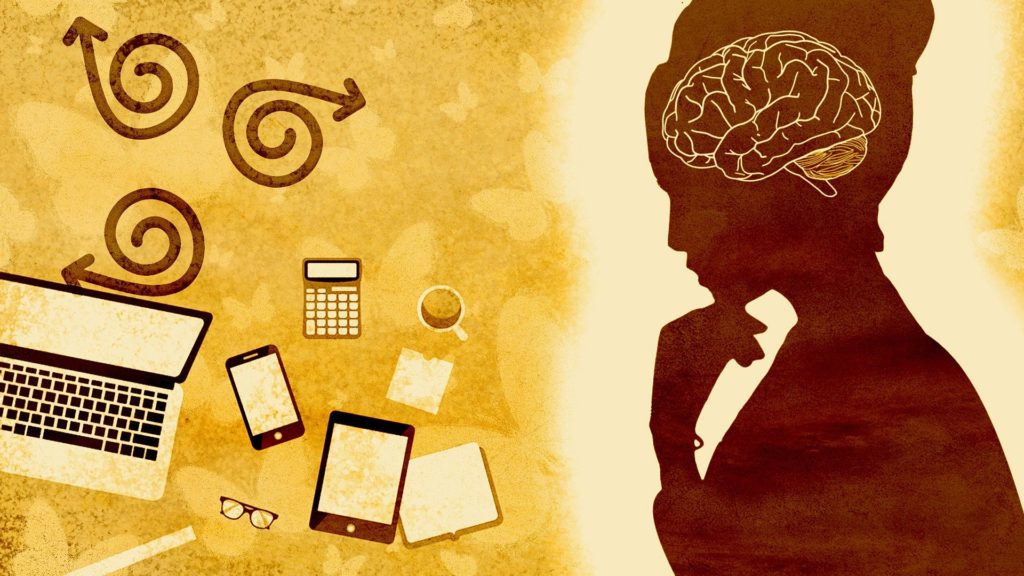The university’s mental wellness training is designed to help community members “identify and engage” with those who are struggling

Ryerson’s Centre for Student Development and Counselling (CSDC) held their first of two virtual mental health training sessions this semester to give community members the opportunity to understand to help students and staff notice and respond to mental health challenges virtually.
“Some have referred to COVID, as the great equalizer, when in fact, COVID has actually demonstrated the exact opposite,” said Myra Lefkowitz, Ryerson’s director of Workplace Wellbeing Services and co-chair of the Ryerson Mental Health and Wellbeing Committee.
She explained that the impact of the lockdown has been different for everyone depending on living, financial and psychological circumstances.
“We’re all in very different boats,” said Lefkowitz.
It’s clear the pandemic is taking a toll on the mental health of Canadians collectively.
Last week, the Ontario government announced it was adding mental health beds in 16 hospitals to cope with increased demand as pandemic lockdowns continue. A survey released in May of 2020 from Statistics Canada found that 52 per cent of Canadians say their mental health has been either “somewhat worse” or “much worse” since physical distancing began.
Lefkowitz said while being remote creates a barrier that makes it more difficult to identify and address the signs of a mental health struggle, it’s important to take the ambiguity out of communicating in a virtual context.
To do this, Jean Tsai, co-clinical coordinator at CSDC , recommends “keeping the door open” on the Zoom screen.
She suggested when having virtual discussions, it’s important to consider your body language and how your camera is positioned. You want to make sure you’re not looking all over the place since it could imply you’re not really paying attention.
Tsai also recommends using softer facial expressions, tones and gestures to make these virtual conversations feel more open but stresses the importance of listening carefully.
“It’s really important to pay attention to the volume, the tone and the pace, as well as the content,” said Tsai.
She explained that someone who is in a highly distressed state can sometimes feel quite calm or flat with their emotions and tone but the content of what they’re saying could indicate a mental struggle. In contrast, someone could be describing lots of different things at a very fast pace and while it might be difficult to grasp what exactly the struggle is, there could be distress there.
Lefkowitz highlights the role silence can play in these conversations and how it’s something we shouldn’t be afraid of.
“We’re not comfortable with silence, at the best of times, but in the virtual interaction silence has a very different quality to it,” she said. “Silence is OK, it’s OK to wait. I know five seconds feels like a lifetime.”
Lefkowitz described short moments of silence in these virtual discussions as a means of creating space for someone.
Tsai said once we create that safe space and mutual understanding, it’s important to notice the behaviour of people around us. If we feel someone might be struggling with their mental health, we should start by saying things we’ve noticed, like a friend skipping classes.
The workshop takes participants through a scenario to help address a student or classmate publicly struggling via Zoom and also shares a list of mental resources available during this virtual semester.
This list includes immediate counselling support through Keep.meSAFE which offers both 24/7 crisis support and ongoing counselling. The CSDC is offering remote counselling services, while the Ryerson Medical Centre is offering a limited number of in-person appointments as well as virtual care.
